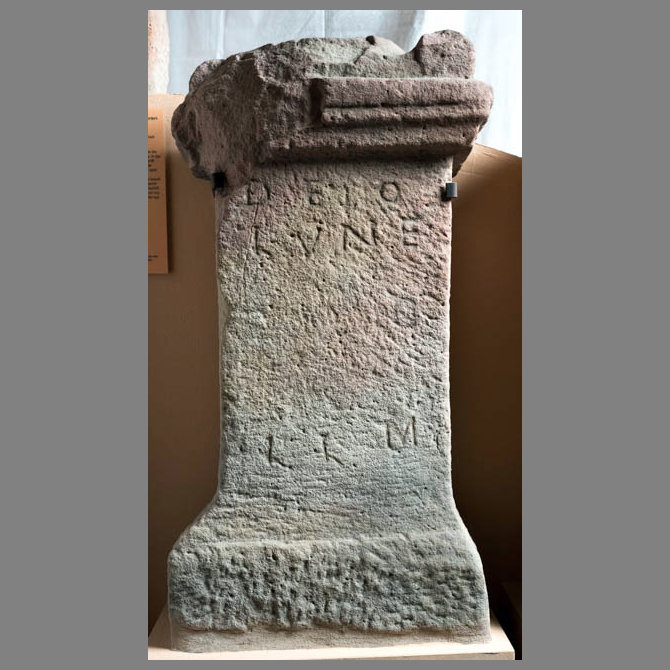Altar to Luna from Gimmeldingen
The full article is reserved for our members.
Log in or create a free account to access the entire site.
Sprater, 4 and fig. 8; Finke in BRGK XVII, 1927,53 No. 164.
Deo / Lune / ..... / .... O / ..... / ..... /l(ibens) l(aetus) [m(erito)].
The fact that Luna is mentioned as a male deity should not be explained (as Sprater does) by the linguistic phenomenon that the word "moon" in German is masculine. In the Orient the moon was conceived as a male deity as well (Cumont, Astrology and Religion, New-York- London. 1912, 125f).
Finke, however, suggests, that the word deo may already have been carved in before the altar was dedicate…

